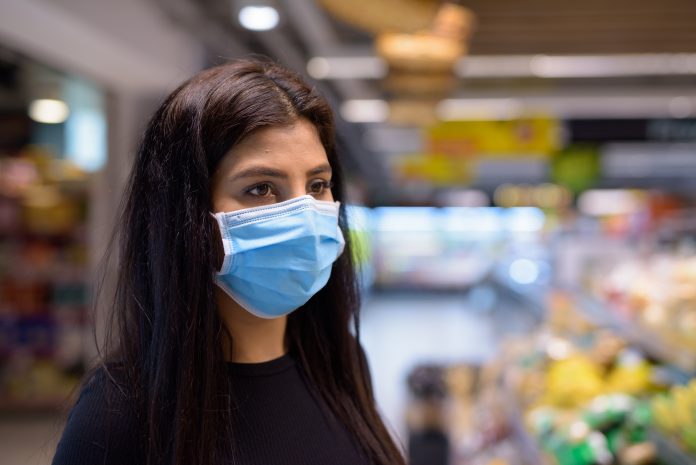The first wave saw minority ethnicities hit harder than white people, but in the second wave things are improving – with the exception of an “alarming” COVID impact in South Asians, specifically Bangladeshis and Pakistanis
The first wave of COVID-19 hit minority ethnicities hard. The second wave brings with it some understanding of what to expect and how to minimise risks, which is thought to be a contributing factor to a decrease in health disparities for Black Africans, Black Caribbean, Chinese and Indians.
However, Bangladeshis and Pakistanis continue to experience a worsening health outcome from COVID-19 – dying far more than any other ethnicty.
Minister for Equalities, Kemi Badenoch, said: “Outcomes have improved for some ethnic minority groups since the first wave, but we know some communities are still particularly vulnerable. Our response will continue to be driven by the latest evidence and data and targeted at those who are most at risk.”
Why are minority ethnicities targeted by COVID-19?
In November, 2020, researchers from the the Universities of Leicester and Nottingham, supported by the National Institute for Health Research (NIHR) Leicester Biomedical Research Centre, set out to understand the disproportionate impact of COVID on the non-white community.
Dr Manish Pareek, a senior author on the paper, explained: “Our findings suggest that the disproportionate impact of COVID-19 on Black and Asian communities is mainly attributable to increased risk of infection in these communities.
“Many explanations exist as to why there may be an elevated level of COVID-19 infection in ethnic minority groups, including the greater likelihood of living in larger household sizes comprised of multiple generations; having lower socioeconomic status, which may increase the likelihood of living in overcrowded households; and being employed in frontline roles where working from home is not an option.”
A different study found that Asian patients of COVID were 1.5 times more likely to die than white patients, even at younger ages.
Is the second wave different from the first wave?
But now, the Government are exploring a second wave of data that shows a changed situation.
Instead of a blanket experience for minority ethnic communities, there are key differences between health outcomes between various communities.
Professor Nita Forouhi, Epidemiologist and Professor of Population Health and Nutrition, MRC Epidemiology Unit, University of Cambridge School of Clinical Medicine, explained: “The differences in COVID-19 deaths between ethnic groups in the early second wave compared with the first highlight the changing trajectories of ethnic disparities, suggesting different factors are at play and it is unhelpful to consider ethnic groups in a single category of ‘BAME’.
“The lower COVID-19 death rates in the early second wave in some groups shows that ethnic inequalities are not fixed but are mainly driven by risk of infection and amenable to change. The persistent COVID-19 impact in South Asians, particularly Pakistanis and Bangladeshis, is alarming and needs targeted research and bold public health and policy action.”
What are the UK Government doing to change disparities?
There are several ongoing measures to engage community members in the most vulnerable ethnicities.
Three examples of ongoing COVID engagement initiatives:
- Working with 50+ ethnic minority titles across 10 different languages, and partnering with 43 ethnic minority TV channels within a combined reach of 9 million and 14 community radio stations that broadcast in 13 different languages and reach 881,000 ethnic minority people every week;
- Creating content with BBC World Service who support COVID-19 communications by producing videos on key questions from South Asian communities in Urdu, Punjabi, Tamil, Gujarati, and Sylheti;
- And £23.75m in funding to local authorities under the Community Champions scheme, which provides funding to enhance existing communication strategies in the most at risk places, and funds work with grassroots advocates from impacted communities
Dr Vanessa Apea, Consultant Physician at the Barts Health NHS Trust and Honorary Senior Lecturer, Queen Mary University of London, said: “It is promising to see the progress made in response to the first report’s recommendations, but the work does not end there. The positive impact of community based organisations is made clear in this report. It is crucial that they continue to be engaged and resourced to support all communities.”










